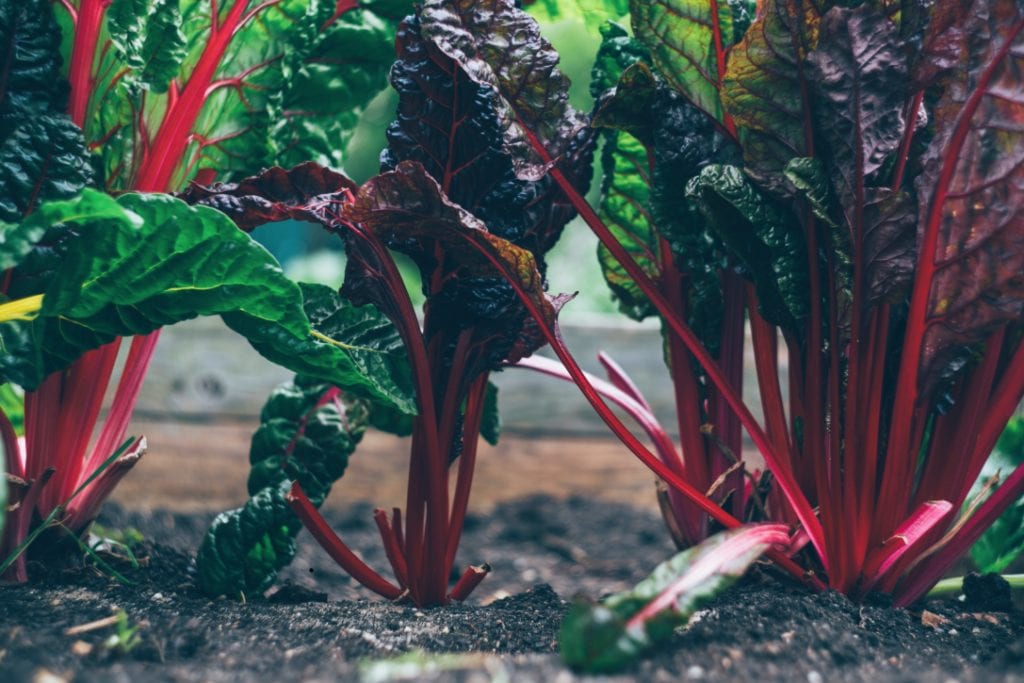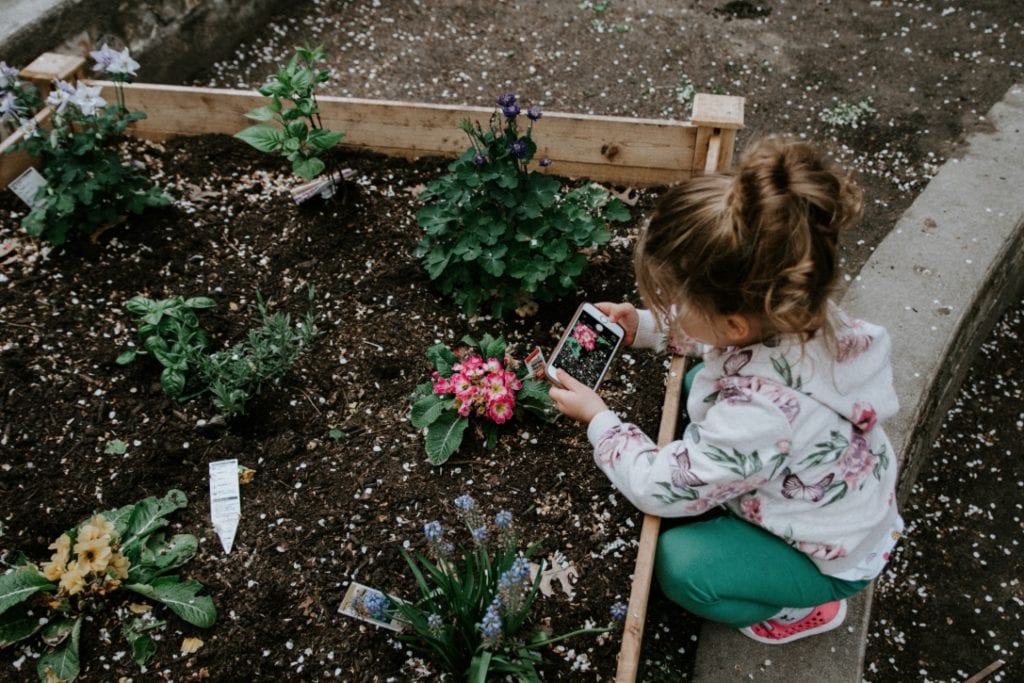Whoever coined the phrase “dirt cheap” never shopped for garden goods in a modern garden center. Drop a few bucks here for compost and perennials, a few bucks there for conifers and pavers, and suddenly there’s a gaping hole in your wallet. Which is why we decided to put our heads together and share our 20 money saving tips for gardening for your reading pleasure.
Buy in small quantities.
You only need three Brandywine tomato plants, not a half-ounce of seed. Sure, you want some leftovers for the next year, but for the next decade?
Settle on a few good mail-order sources.
The variety offered by mail-order catalogs is inspiring, but don’t overpay on shipping because you order from six companies every spring.
Use local sources for the heavy stuff.
The cost of shipping heavy items can exceed the purchase price. Organic fertilizer ingredients, such as bone meal, green sand, and composted animal manure, are cheap to buy but pricey to ship. Make the calculation before you commit.
Search out alternative retail sources.
Your home-and-garden center may not offer the best value for the money. A bale of straw at a nursery is called mulch and priced accordingly, while a bale of straw at a farm store is priced as livestock bedding. Guess which costs less?
Be on the lookout for free garden materials.
Limbs cleared away from power lines are shredded, and you can often get the mulch free from the utility company. Many community sanitation departments also give away compost made from leaves and organic waste.
Cultivate friendships with pickup truck owners.
Or at least befriend someone who owns a utility trailer. Delivery charges are killers. Even if you’re nice and fill the tank with gas, you’ll come out ahead.
Buy bulk.
You can buy bulk compost from local manufacturers for $30 a cubic yard. That’s about enough to fill the bed of a compact pickup truck. That same quantity bought in bags at a nearby nursery would be more than $100. Bark chips and other mulch also come cheaper when bought in bulk.
Be nice to garden center clerks.
This is not a frivolous tip. Develop a relationship. Clerks know which plants are in the best shape, and they know when the sales are coming.
Go small.
Pick up a 4-1/2-inch pot instead of a gallon pot. Perennials don’t usually take off the first season you plant them because of the shock of transplant; they need a little time to get settled. The following spring, after winter to put down roots, perennials start to thrive, and if all things are equal, both big and little plants will reach mature height.
Purchase late in the season.
A shrub that costs $25 in May often can be snapped up for $14.50 in October. Discounts of 50 percent — even 75 percent — on plants are common during autumn sales. Plus, autumn is a great time to plant.
Don’t buy at all.
In other words, swap with your gardening friends. Ask a neighbor if you can take a clipping from his overgrown strawberry patch or burgeoning hosta plant.
Brew your own potions.
A mixture of one-third ammonia and two-thirds water is deadly to slugs. Control aphids with a few drops of dish soap in a squirt bottle full of water. Check the garden section of the local library for cheap homemade alternatives to store-bought pest controls.
Don’t pay for the hole.
It’s not uncommon for nurseries to charge a minimum of $75 to deliver and plant a tree or shrub. Doing the planting yourself is easy, particularly if you buy small. If you suffer from planting anxiety, ask for instructions at the nursery or the county extension office. One caveat: Many nurseries only offer survival guarantees if they do the planting.
Fall in love with native plants.
Sure, you are enamored with all the pretty plants at garden centers and in catalogs, so buy a few. But fill in the voids with wildflowers, shrubs, and trees that grow naturally in your area.
Take advantage of other people’s trash.
Convert weathered livestock fence posts into neighbor fences. Transform old sugarcane boiling pots into gorgeous fountains. Turn rusty steel grates into trellises. Or let a returned wooden stepladder host a collection of potted plants.
Mulch!
If you live in a dry climate, a thick layer of mulch dramatically cuts the watering bill. Wherever you live, mulch is one of your best weapons against weeds.
Time is money.
Consider a low-pressure sprinkler or drip irrigation system on a timer. You can buy everything you need at the hardware store, and the systems are simple to install. Over time, you’ll recoup the costs by watering more efficiently.
Pamper tender plants.
Overwinter tender herbs by bringing them inside. Then replant them in spring instead of buying new seeds. Keep the plants moist and out of direct sun until they have a chance to settle in.
Divide and conquer costs.
Many perennials, such as sedum, can be divided into segments when you buy them. Each will root. Don’t be afraid to divide the mature perennials already in your garden. Honest, it won’t hurt them.
Pick useful garden gear.
A $75 English spade makes you a stylish gardener, not a better gardener. Don’t get swept up by the testimonials in the catalogs. Some of the best gear is available for less than $10 at your local hardware store.
Gardening can be expensive at times. If you do feel like splurging on some garden tools, why not treat yourself? Give yourself this splurge budget by taking surveys for money.

















This is true. We’ve had so many bulbs multiply from one or two, that we’ve had to give them away to anyone who would take them. Some were found on the road sides here, like the double bloomed orange lilies that we had far too many of, or the wild flowers that some call brown eyed Susan’s.
We found a few bulbs of something or other and dug them up, replanted them in another area. They were, when they bloomed, double-bearded iris’s, in a gorgeous shade of violet. (we gave those away, too, they kept multiplying), and our neighbors had too many daffodils and tulips, which is a nice swap.
Years back, my parents grew chives and rhubarb and they shared, because they had too much, soon, we had chives all over the yard and rhubarb enough to share with others.
You don’t need much. You do need folks to take some off your hands!